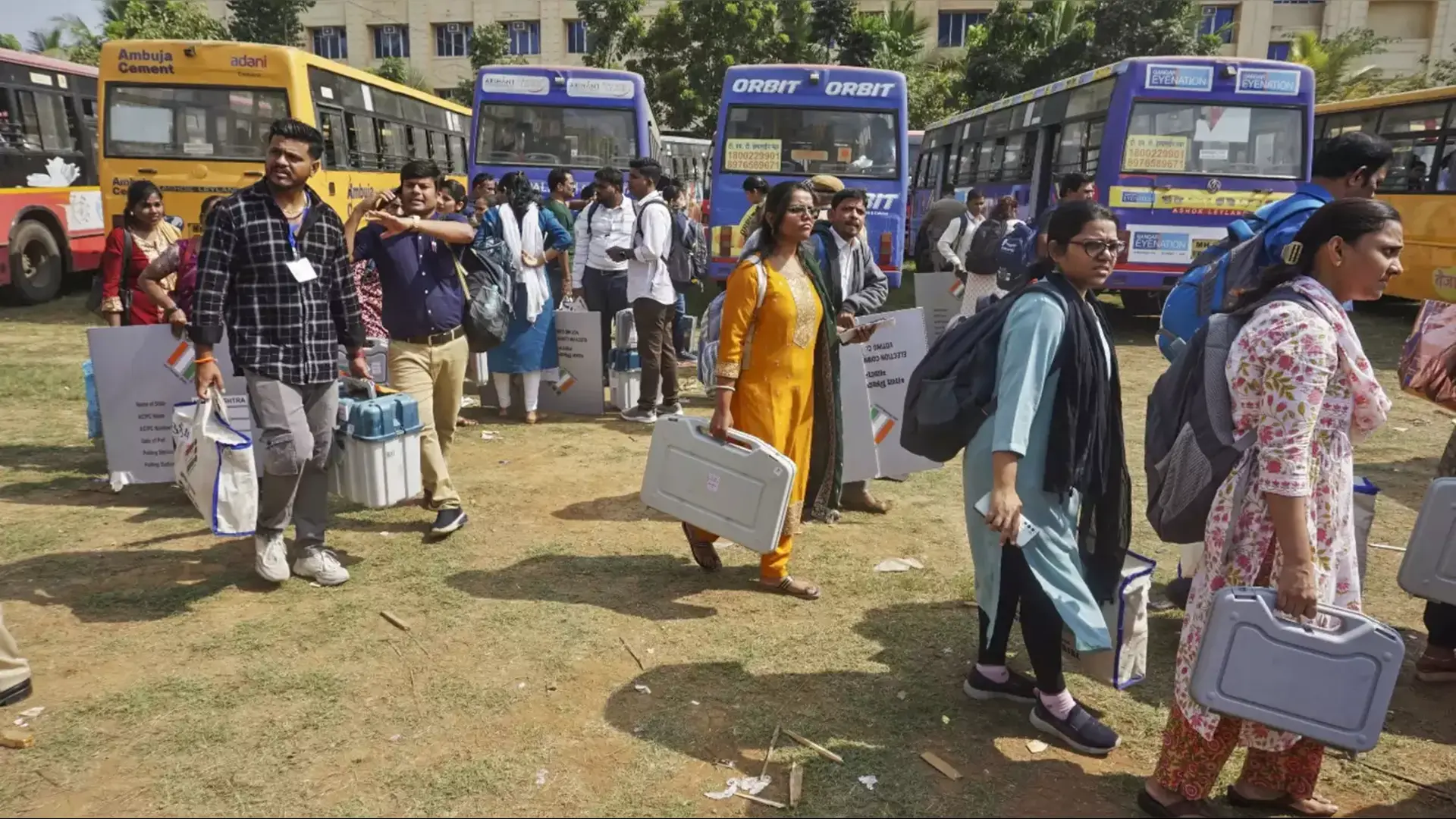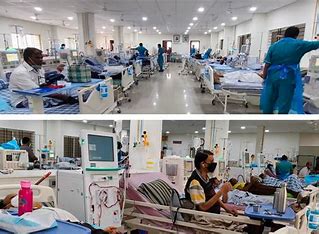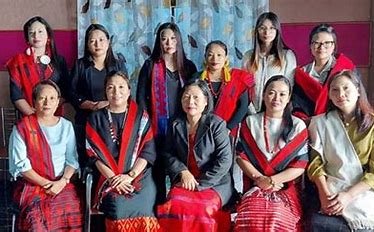
In a judgment with significant impact and far reaching consequences thereby empowering the testimony of disabled witness, the Supreme Court has as recently as on April 27, 2021 in a latest, learned, laudable and landmark judgment titled Patan Jamal Vali vs State of Andhra Pradesh in Criminal Appeal No 452 of 2021 (Arising out of SLP(Crl) No 1795 of 2021) taken the bold initiative to issue guidelines to make criminal justice system more disabled friendly. This was the pressing need of the hour also. The two Judge Bench of Apex Court comprising of Justice Dr DY Chandrachud and Justice MR Shah thus observed that, “The testimony of a prosecutrix with a disability, or of a disabled witness for that matter, cannot be considered weak or inferior, only because such an individual interacts with the world in a different manner, vis-à-vis their able bodied counterparts.” Very rightly so!
To start with, this notable judgment authored by Justice Dr Dhananjaya Y Chandrachud for a Bench comprising of himself and Justice MR Shah of the Apex Court sets the ball rolling by first and foremost pointing out in para 2 that, “This appeal arises from a judgment of a Division Bench of the High Court of Andhra Pradesh dated 3 August 2019. The High Court has affirmed the conviction of the appellant for offences punishable under Section 3(2)(v) of the Scheduled Castes and the Scheduled Tribes (Prevention of Atrocities) Act 19891 and Section 376(1) of the Indian Penal Code.”
While elaborating on the punishment imposed, the Bench then specifies in para 3 that, “The appellant has been sentenced to suffer imprisonment for life for each of the above offences, the substantive sentences being directed to run concurrently. In addition, the appellant has been sentenced to pay a fine of Rs. 1,000 for each of the offences and in default to suffer imprisonment of six months.”
While elaborating on the background of the case, the Bench then observes in para 4 that, “The appellant was residing in Gajulapalli village and was engaged in carrying out manual work for two years prior to the incident. PW2 who is blind since birth used to live with her mother (PW1) and brother (PW3). PW3 and LW5 are the sons of PW1. They were also engaged in manual work together with the appellant, at the same place. The appellant, according to the prosecution, lived in the same village and regularly visited the house of PW1 due to his acquaintance with her sons.”
Delving deeper, the Bench then puts forth in para 5 that, “At about 9 am on 31 March 2011, PW1 was attending to her household chores at a public tap which was within a distance of fifty feet and her sons were cutting fire wood in the vicinity. The appellant is alleged to have enquired about her sons when PW1 replied that her spouse and sons were chopping fire wood and asked him to wait for a while. After half an hour, on hearing the voice of her daughter (PW2) in distress, she rushed to the house and found that the door was locked from inside. Upon raising an alarm her husband and sons rushed to the house. The appellant opened the door and tried to escape but was apprehended at the spot. Upon entering the house, PW1 observed that PW2 was lying on the ground in a nude condition and was bleeding from her genitals. The clothes of PW2 were torn and stained with blood. Upon enquiry, PW2 is alleged to have stated that the appellant came to the house and enquired about her brothers; he locked the door and fell on her, gagged and raped her.”
Be it noted, the Bench then states in para 8 that, “The High Court by its judgment dated 3 August 2019 affirmed the conviction and sentence imposed by the Sessions Court. The High Court has held that the testimonies of PW1, the mother of PW2; and of PW2 were consistent and duly corroborated by PW3, the brother of PW2 and by PW4 and PW5. The High Court adverted to the medical evidence and, in particular, the deposition of PW10. The prosecution was held to have established its case beyond reasonable doubt.”
Most significantly, the Bench then in para 39 which forms the cornerstone of this brief, brilliant, bold and balanced judgment very rightly holds that, “While changes in the law on the books mark a significant step forward, much work still needs to be done in order to ensure that their fruits are realized by those for whose benefit they were brought. In this regard, we set out below some guidelines to make our criminal justice system more disabled-friendly
(i) The National Judicial Academy and state judicial academies are requested to sensitize trial and appellate judges to deal with cases involving survivors of sexual abuse. This training should acquaint judges with the special provisions, concerning such survivors, such as those outlined above. It should also cover guidance on the legal weight to be attached to the testimony of such witnesses/survivors, consistent with our holding above. Public prosecutors and standing counsel should also undergo similar training in this regard. The Bar Council of India can consider introducing courses in the LL.B program that cover these topics and the intersectional nature of violence more generally;
(ii) Trained special educators and interpreters must be appointed to ensure the effective realization of the reasonable accommodations embodied in the Criminal Law Amendment Act, 2013. All police stations should maintain a database of such educators, interpreters and legal aid providers, in order to facilitate easy access and coordination;
(iii) The National Crimes Record Bureau should seriously consider the possibility of maintaining disaggregated data on gender-based violence. Disability must be one of the variables on the basis of which such data must be maintained so that the scale of the problem can be mapped out and tailored remedial action can be taken;
(iv) Police officers should be provided sensitization, on a regular basis, to deal with cases of sexual violence against women with disabilities, in an appropriate way. The training should cover the full life cycle of a case involving a disabled survivor, from enabling them to register complaints, obtain necessary accommodations, medical attention and suitable legal representation. This training should emphasize the importance of interacting directly with the disabled person concerned, as opposed to their care-taker or helper, in recognition of their agency; and
(v) Awareness-raising campaigns must be conducted, in accessible formats, to inform women and girls with disabilities, about their rights when they are at the receiving end of any form of sexual abuse.”
No less significant is what is then stated in para 43 that, “There have been instances where the testimony of a disabled prosecutrix has not been considered seriously and treated at an equal footing as that of their able-bodied counterparts. One such instance is the judgment of this Court in Mange v. State of Haryana (1979) 4 SCC 349, where the testimony of a thirteen year-old girl who was deaf and mute was not recorded and the conviction was confirmed on the account of an eye witness and supported by medical evidence. This Court in affirming the conviction noted that the non-examination of the prosecutrix was not a major infirmity in the prosecution’s case “apart from being a child witness, she was also deaf and dumb and no useful purpose would have been served by examining her.” We are of the considered view that presumptions of such nature which construe disability as an incapacity to participate in the legal process reflect not only an inadequate understanding of how disability operates but may also result in a miscarriage of justice through a devaluation of crucial testimonies given by persons with disabilities. The legal personhood of persons with disabilities cannot be premised on societal stereotypes of their supposed “inferiority”, which is an affront to their dignity and a negation of the principle of equality.”
Quite damningly, the Bench then forthrightly points out in para 44 that, “A survey and analysis of High Court judgments by Saptarshi Mandal indicates that the testimony of the disabled witnesses is devalued by not recording the testimony of the prosecutrix at all; or recording it without adherence to correct legal procedure, thereby rendering it ineffectual; dismissal of the testimony for its lack of intelligibility or for not being supported by the condition of her body. (Mandal, Disabled Women Testimony in Rape Trials, supra n. 23, p. 6).”
Without mincing any words, the Bench then sought to make it clear in para 45 that, “This kind of a judicial attitude stems from and perpetuates the underlying bias and stereotypes against persons with disabilities. We are of the view that the testimony of a prosecutrix with a disability, or of a disabled witness for that matter, cannot be considered weak or inferior, only because such an individual interacts with the world in a different manner, vis-a-vis their able-bodied counterparts. As long as the testimony of such a witness otherwise meets the criteria for inspiring judicial confidence, it is entitled to full legal weight. It goes without saying that the court appreciating such testimony needs to be attentive to the fact that the witness’ disability can have the consequence of the testimony being rendered in a different form, relative to that of an able-bodied witness. In the case at hand, for instance, PW2’s blindness meant that she had no visual contact with the world. Her primary mode of identifying those around her, therefore, is by the sound of their voice. And so PW2’s testimony is entitled to equal weight as that of a prosecutrix who would have been able to visually identify the appellant.”
Quite remarkably, the Bench then observes in para 72 that, “In the present case, several circumstances bearing on the sentence must be borne in mind. First, PW2, who was subjected to a sexual assault was blind since birth. Second, the appellant was known to the brothers of PW2, including PW3. The appellant used to visit the house in which PW2 resided with her parents and brothers. Bereft of eye-sight, PW2 was able to identify the appellant by his voice with which she was familiar. Third, shortly before entering the home of PW2, the appellant enquired of PW1 where her sons were, when he was told that they were not at home. PW1 proceeded with her chores at a public water tap. Taking advantage of the absence of the members of the family from the family home, the appellant entered the house and subjected PW2 to a sexual assault. PW1 has deposed that when she entered the house together with PW3, PW4 and PW5 she found PW2 in a nude condition on the ground bleeding from the injuries sustained on her genitals. The nature and circumstances in which the offence has been committed would leave no manner of doubt that the appellant had taken advantage of the position of the PW2 who was blind since birth. He entered the house, familiar as he was with members of the family, in their absence and subjected PW2 to a sexual assault. PW2 belongs to a Scheduled Caste. The prosecution has not led evidence to prove that the offence, as we have noticed, was committed on the ground that she belongs to a Scheduled caste within the meaning of section 3(2)(v) of the SC and ST Act. This is a distinct issue. But the fact that PW2 belonged to a Scheduled Caste is not a factor which is extraneous to the sentencing process for an offence under Section 376. It is in that context, that we must read the observations of the Sessions Judge with a robust common sense perception of ground realities. The appellant was 27 years old, a mature individual who was working as a coolie together with the brothers of PW2 for a couple of years. The nature and gravity of the offence in the present case is serious in itself and it is compounded by the position of PW2 who was a visually disabled woman. A heinous offence has been committed on a woman belonging to Scheduled Caste. The imposition of a sentence of imprisonment for life cannot be faulted.”
Finally, the Bench then holds in para 73 that, “For the above reasons we have come to the conclusion that the conviction under Section 376(1) and the sentence imposed by the Sessions Judge must be affirmed. In the circumstances we order as follows:
(i) The conviction of the appellant for an offence under Section 3(2)(v) of the SC and ST Act and the sentence imposed in respect of the offence is set aside and the appeal allowed to that extent; and
(ii) The conviction of the appellant for an offence punishable under Section 376(1) of the Penal Code and the sentence of imprisonment for life is upheld. The fine of Rs 1,000/- and default imprisonment of six months imposed by the Sessions Judge and affirmed by the High Court shall also stand confirmed.”
All said and done, the two Judge Bench of the Apex Court comprising of Justice Dr Dhananjaya Y Chandrachud and Justice MR Shah have made the picture pretty clear on the evidentiary value of testimony of a disabled witness. They have very commendably, cogently and convincingly sought to make it absolutely clear that testimony of disabled witness cannot be considered weak or inferior. The laudable, learned and landmark guidelines issued by the Apex Court in this case to make criminal justice system more disabled-friendly must be implemented at the earliest in all states uniformly all across India. It brooks no more delay now.
Sanjeev Sirohi, Advocate.















